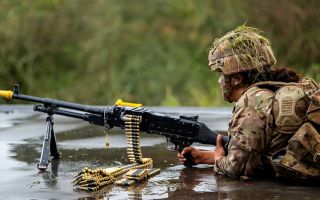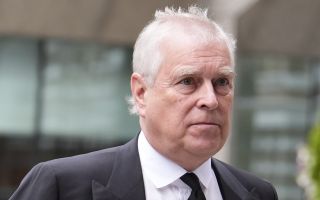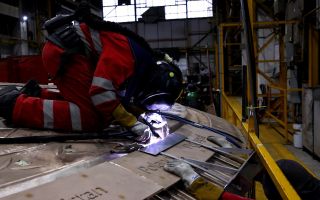Train stations to ports: Surprising places Britain's monarchs have welcomed world leaders
The UK is set to host US president Donald Trump for a historic second state visit, during which time he will benefit from all the pomp and pageantry the military has to offer – from royal salutes fired at Windsor Castle to performances by Army, Navy and RAF bands.
These form part of a practised state visit format, commencing with a military parade known as the "official welcome", led by Britain's head of state, His Majesty the King.
In modern times, the world's most important figures have typically been welcomed in London or Windsor, thanks to the proximity of transport hubs like Heathrow Airport or military air bases such as RAF Northolt. However, that hasn't always been the case.
Planes, trains and no automobiles
Airports are, in the context of the long history of international diplomacy and tradition, a relatively modern matter.
Prior to the advent of air travel, visiting heads of state would arrive at England's shores via the sea – meaning the location of the official welcome, marking the start of a state visit, was often very different to today.
In the 19th and early 20th centuries, railway stations were front and centre when it came to state visits.
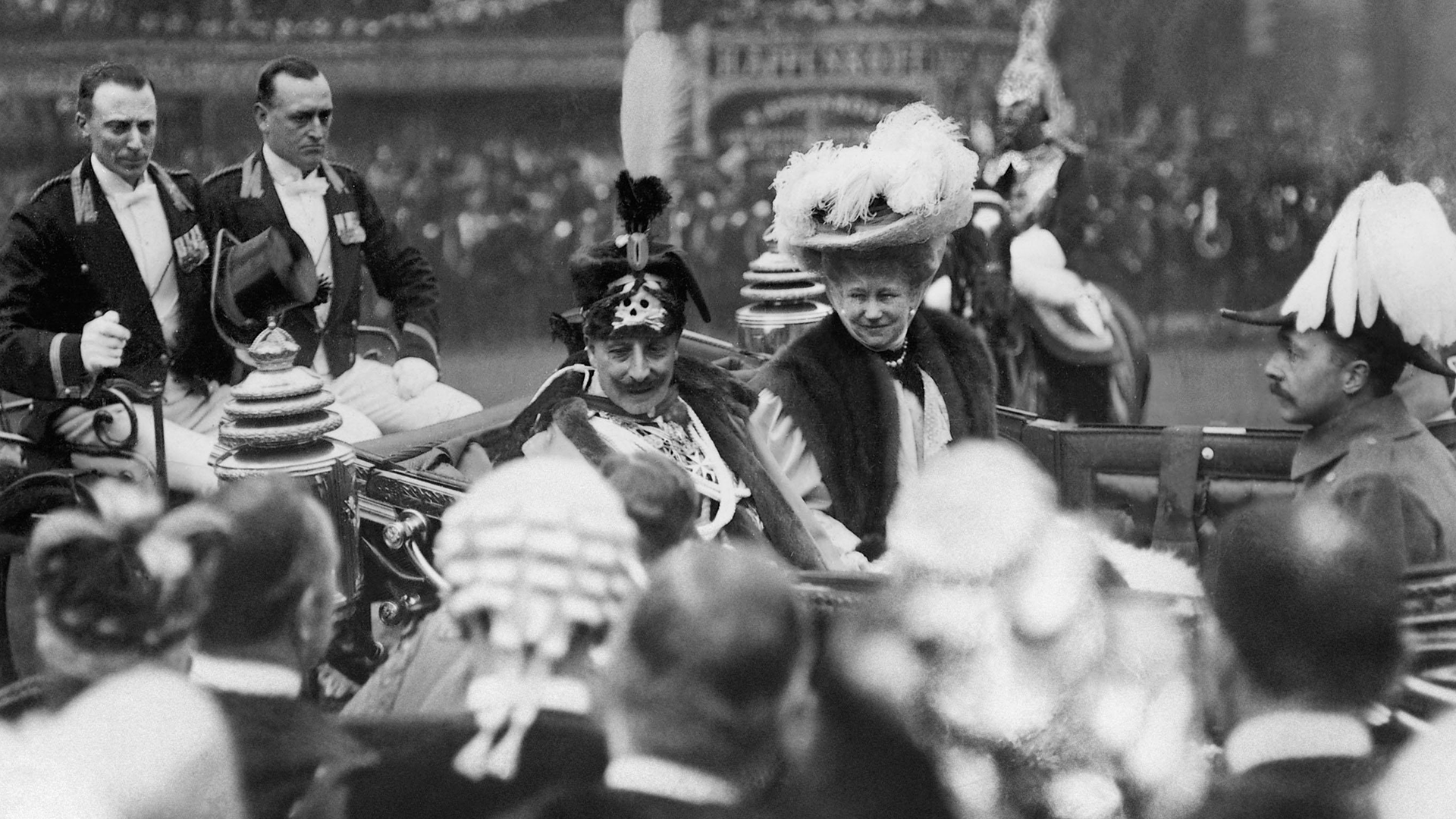
Victoria Station became a favoured backdrop when dignitaries landed at Channel ports and continued to London by train.
In May 1911, for example, Kaiser Wilhelm II arrived at Victoria Station where he was greeted by his cousin, King George V – the current King’s great-grandfather – after arriving by steamship at Dover.
It would turn out to be an interesting visit; the two kings were at war with each other just three years later.
Welcomed by the White Cliffs
Dover – today Britain's busiest port – has seen its fair share of pageantry for great arrivals.
In July 1903, almost a century before the Channel Tunnel connected England with France by rail, then French President Émile Loubet landed at Dover to begin his state visit.
Much earlier, in 1179, another French leader, King Louis VII, crossed the Channel to be met by King Henry II, an ancestor to King Charles, although separated by 800 years.
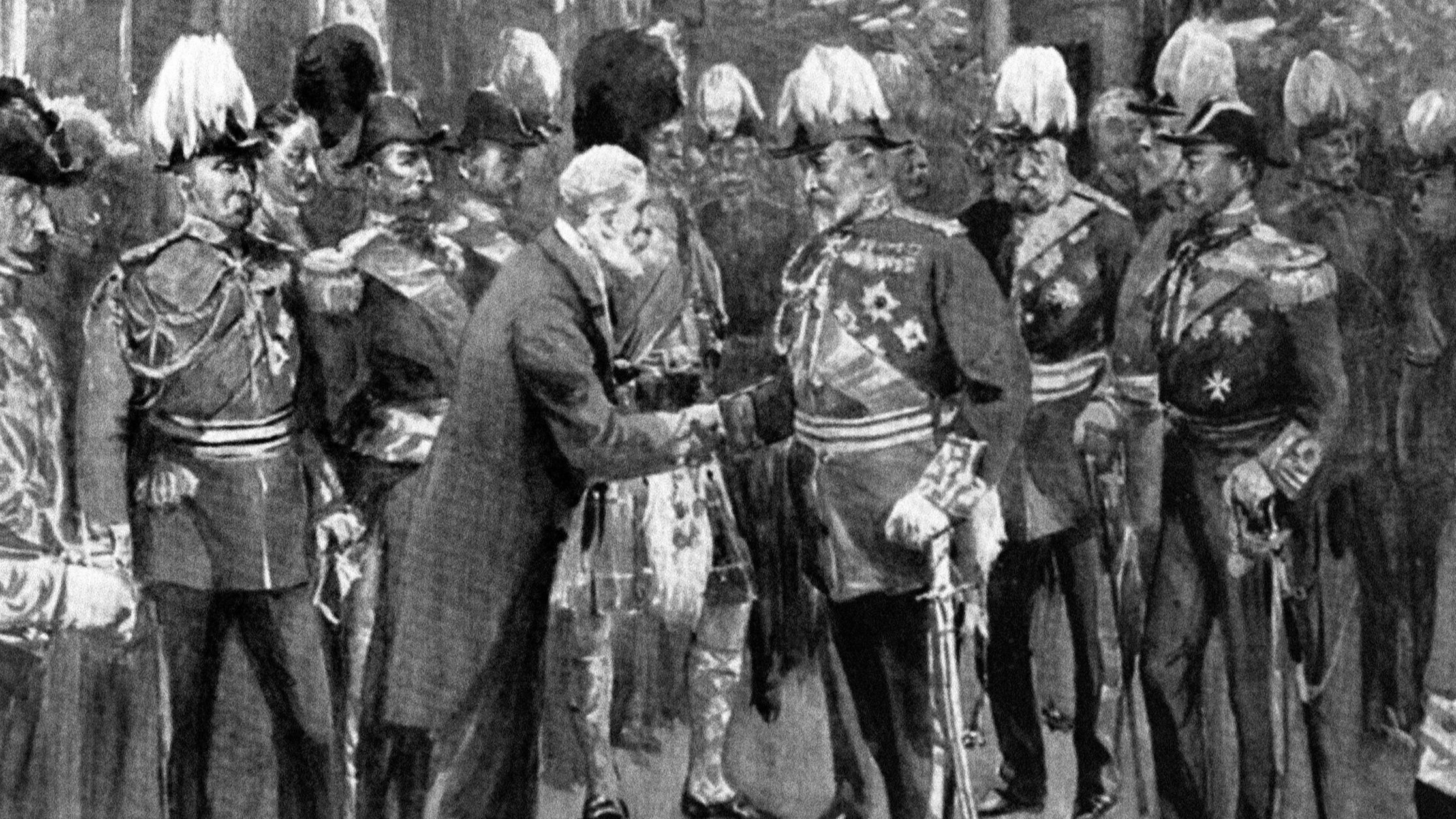
A Scottish affair
The spectacle hasn't been confined to England. In October 1962, Edinburgh hosted a full state welcome for King Olav V of Norway at the Palace of Holyroodhouse – a gesture underscoring wartime bonds and Scotland's place in the Union.
Five decades later, in September 2010, the leader of the Roman Catholic Church and head of state of Vatican City, Pope Benedict XVI, began his state visit at Holyroodhouse. He was greeted by Queen Elizabeth II with full ceremonial honours before travelling through Edinburgh in the Popemobile.
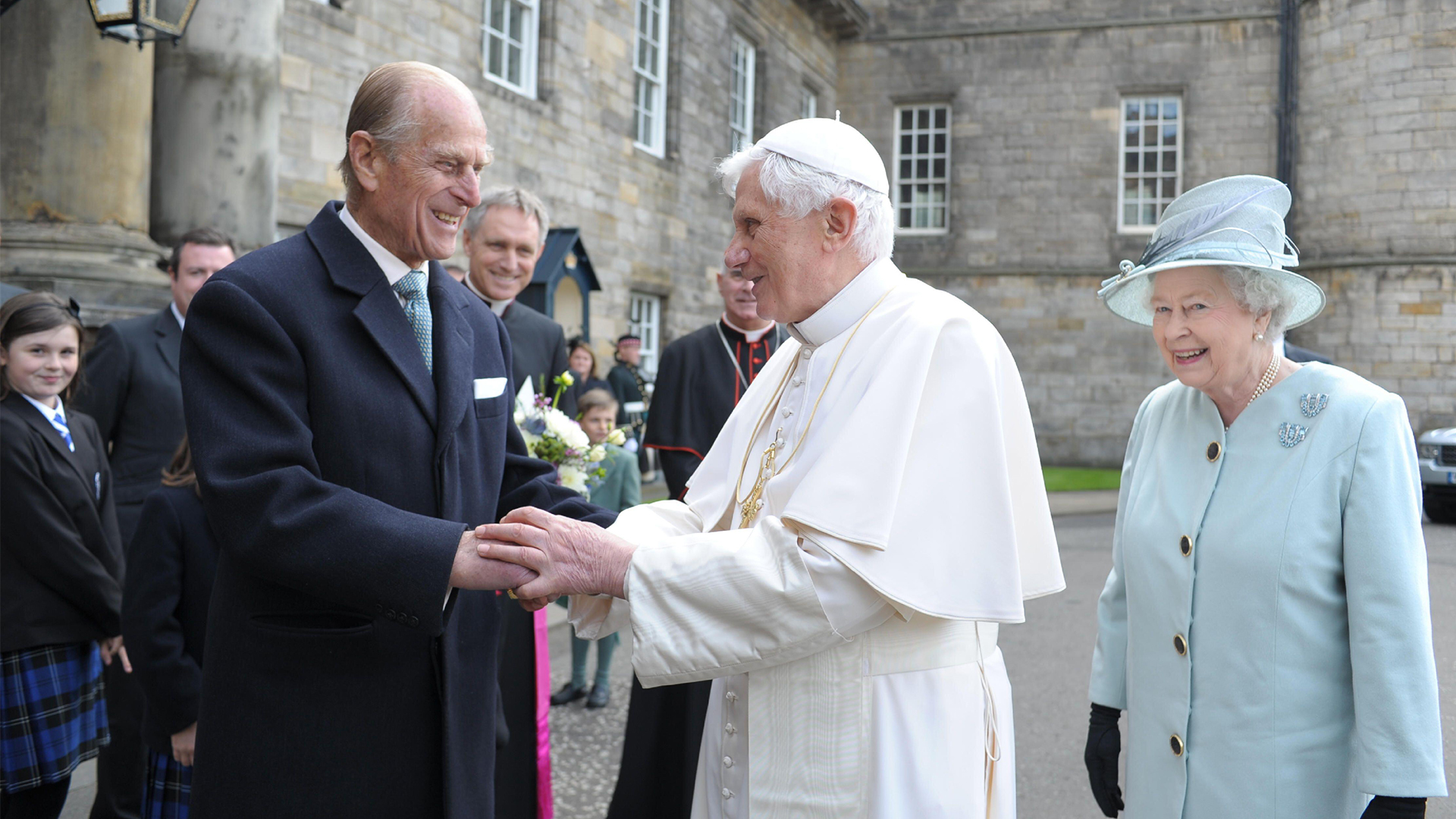
The variety of locations used to mark the starting point of a state visit tells a story of how geography and technology have changed the way Britain’s monarchs welcome world leaders.
Wherever they're held, the official welcome has always blended history, diplomacy and pageantry – projecting Britain's image to the watching world, and to the visiting head of state.




